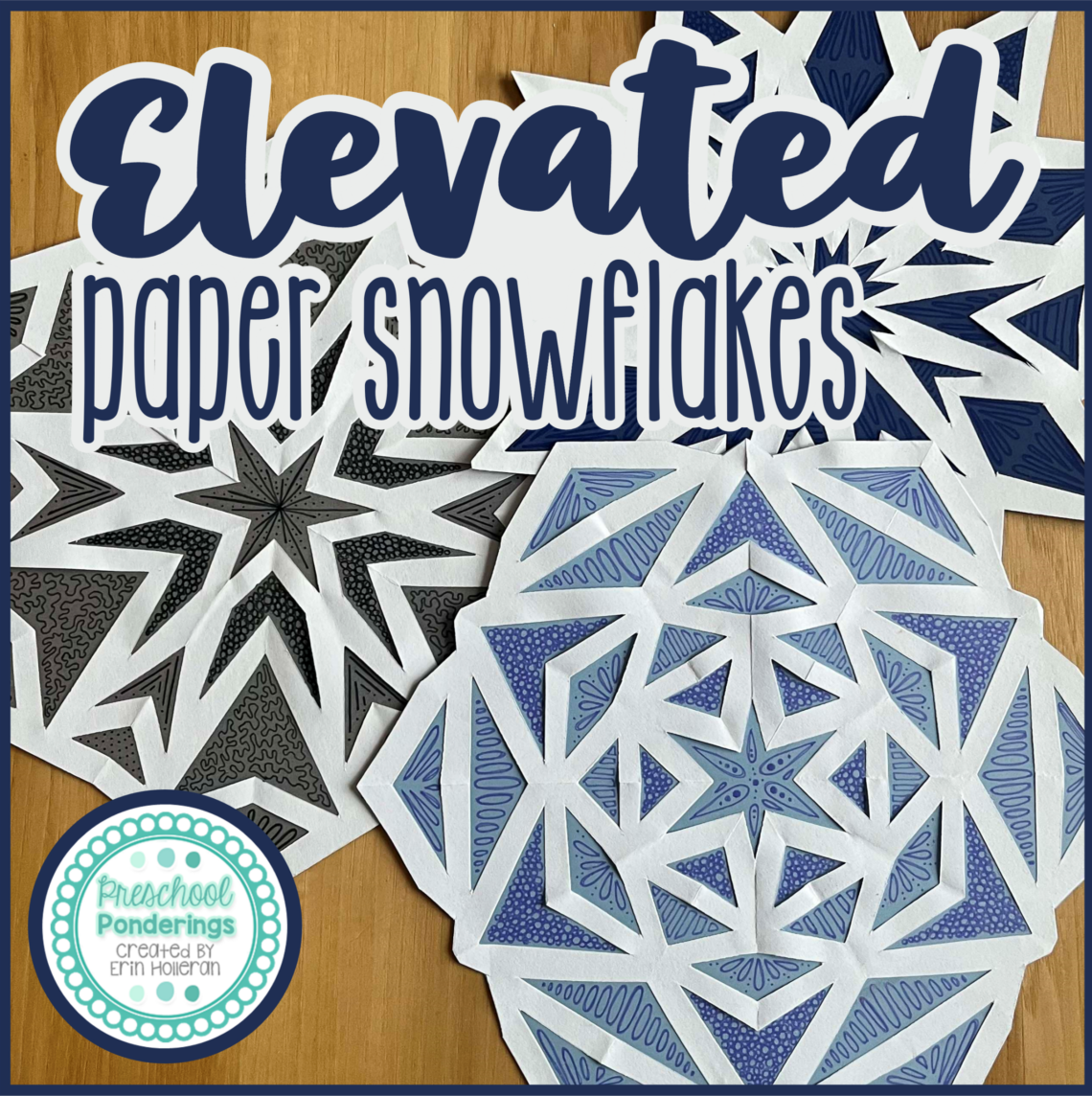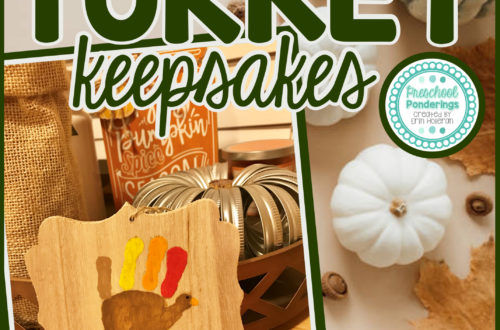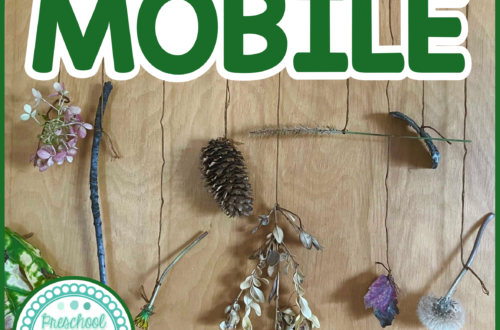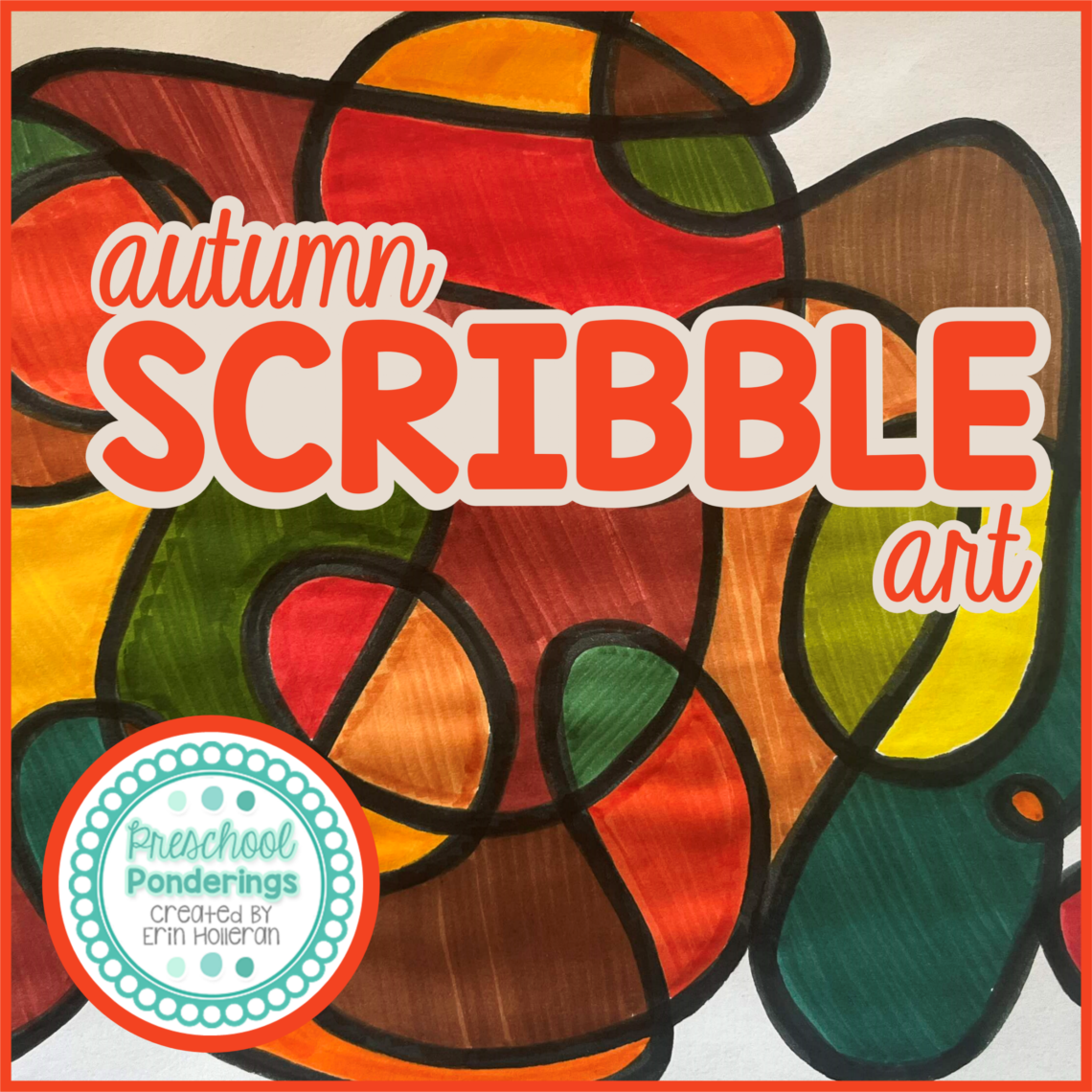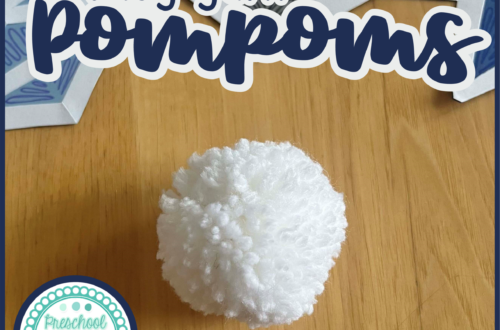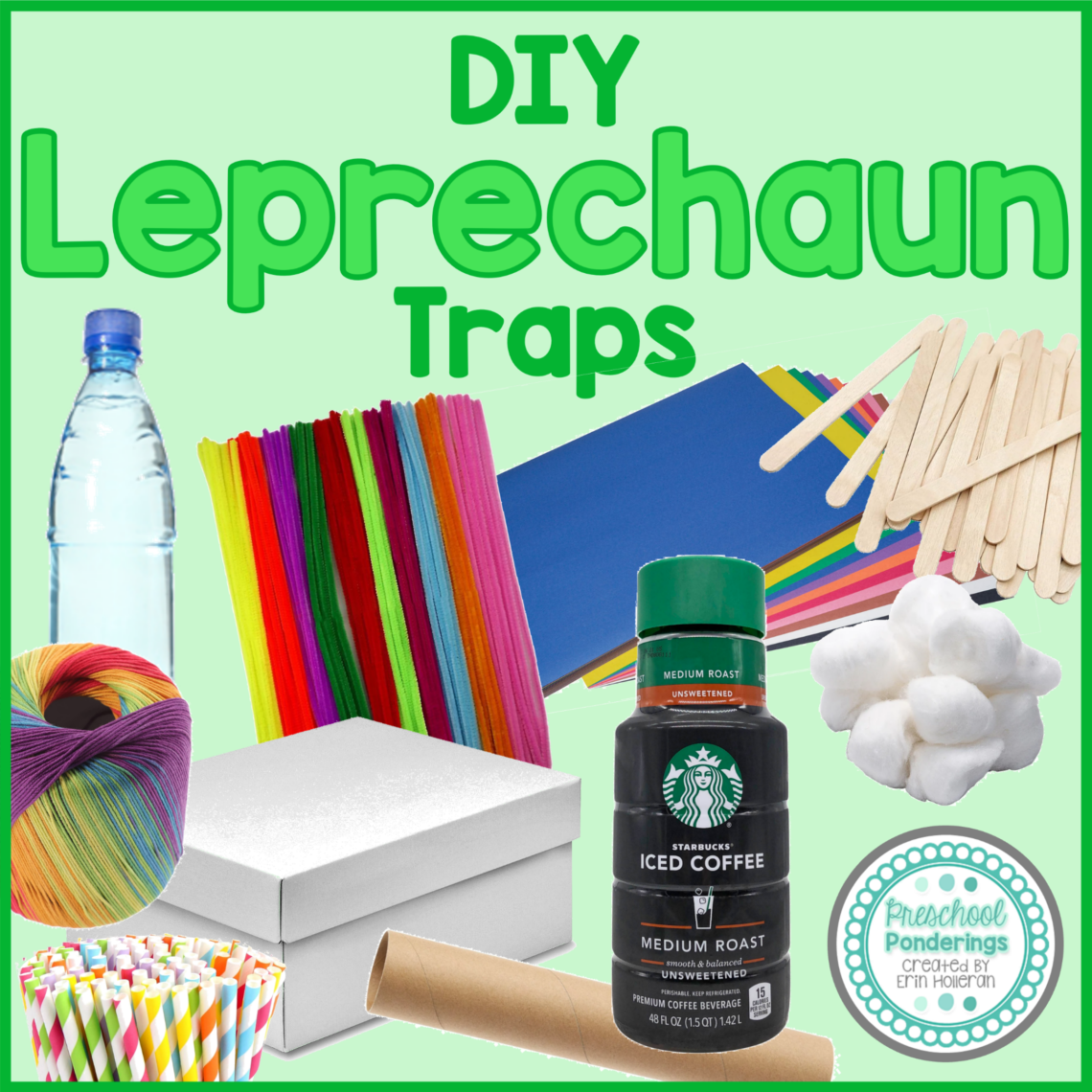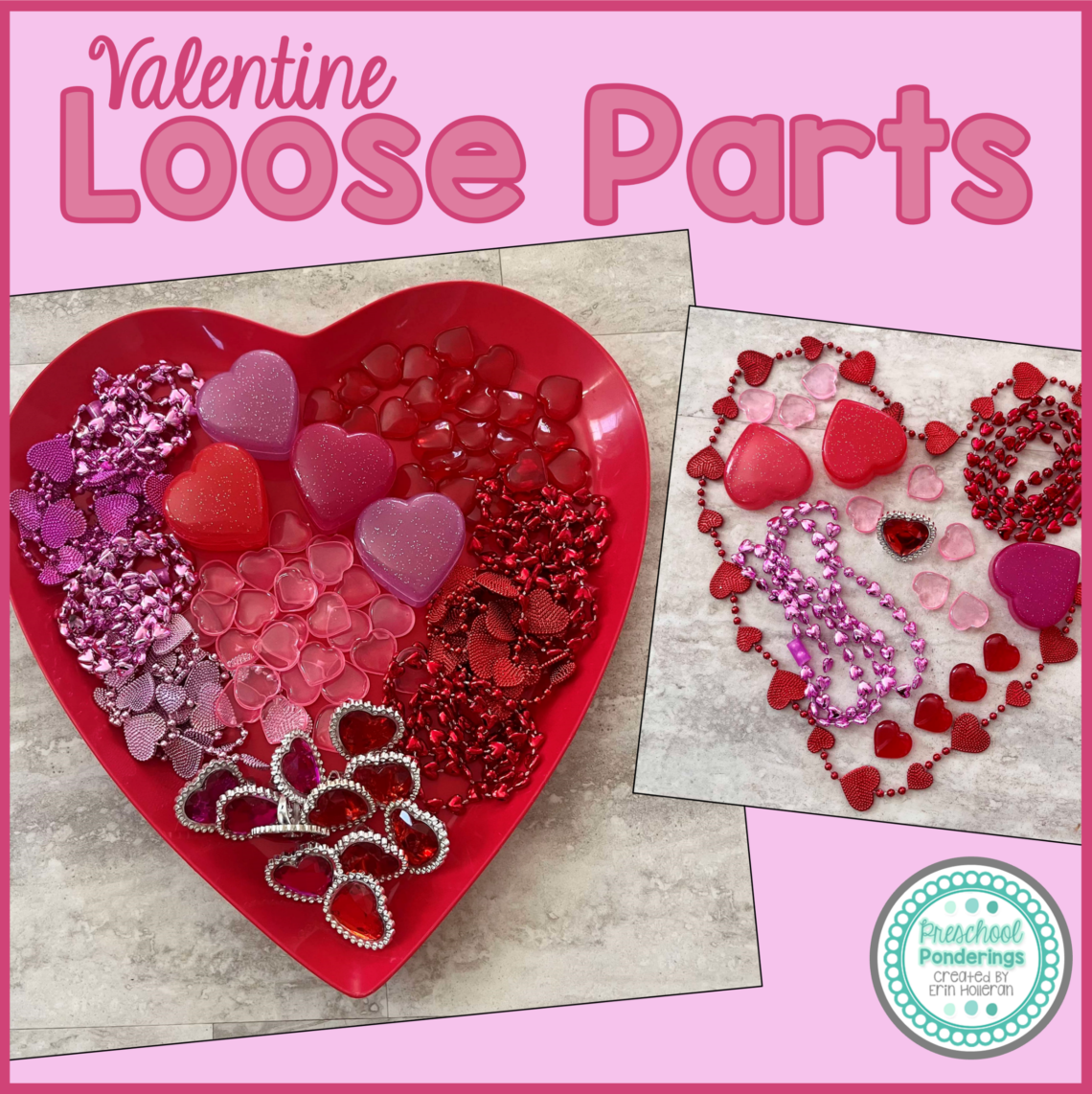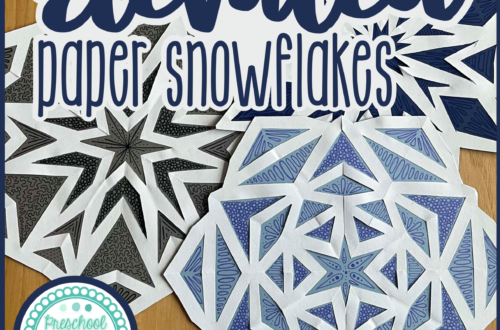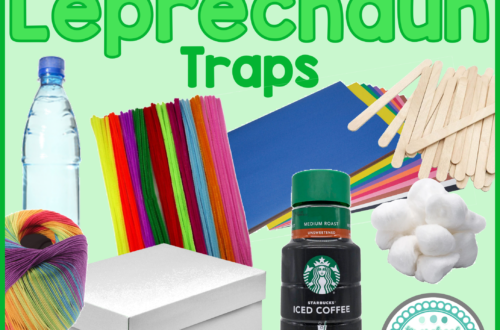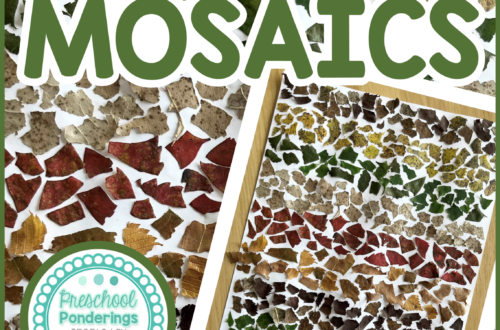artistic expression
-
Paper Snowflakes – Elevated!
It’s been COLD here, so I’ve been spending all of my time inside. For me, that always leads to crafting! My daughter wanted to cut paper snowflakes, so we got out the paper and scissors and went to town. I feel in love with a couple of my surprise designs and wanted to take them a little farther. It turned into a fun, calming project that would be great for children of any age, so of course I had to share it here. I started with a simple paper snowflake, here’s one before opening it up – which is always the best part! And the the dramatic reveal of what…
-
Fall Leaf Mosaics
It’s been a strange fall season so far – it hasn’t felt much like fall weather-wise, but I’m still yearning for all of the coziness and autumn colors. I’ve got a perfect fall preschool art project for you today! These mosaics require multiple steps (which mean that they can be on your lesson plans for a few days) and they target fine motor skills, sorting and categorizing, planning and execution, and artistic expression. To create beautiful leaf mosaics your class will first need to collect leaves in a wide variety of colors. This can be done on your program’s playground, on a walk in the neighborhood, a field trip to…
-
Autumn Scribble Art
If you’re looking for an easy, low prep, and super powerful art experience this post is for you! Scribble art is developmentally appropriate for every age and can be done with materials that you already have. To make this really fit the fall season I stuck with traditional autumn colors, but it can be done with any color scheme which makes it an experience that you can revisit multiple times throughout the year with very different results each time. You’ll need paper, black markers or crayons, and colored markers or crayons. You can choose to have each child create their own art or use a larger sheet of paper for…
-
Making Leprechaun Traps
Designing and building leprechaun traps has become one of our favorite traditions. I think the planning and creating is just as much fun as the anticipation of seeing if they’ll actually catch anything! This is one of those projects that really evokes my favorite memories of the kinds of activities that I loved as a child – the opportunity to use any and all materials to create something that I can see in my mind. That’s definitely a major reason that this stays on my plans year after year. Here are some of the supplies that I make sure to have available when it’s time to build our leprechaun traps:…
-
Loose Parts for Valentine’s Day
There’s something about tiny little pieces of pretty much anything that little ones just can’t resist – and I’m here for it because it keeps their attention forever! When it comes to Valentine’s day, I dive all the way into the red, pink, and glittery. Here are some of the loose parts that I love for a Valentine provocation: I put them all on a heart tray, and that helped make them even more enticing – don’t you want to play with all of this?! Here are some of the beautiful images that we created with these pieces – After I made a heart with a necklace that became the…
-
Valentine Crafting for Kids
We had a snow day this week! As a teacher, that’s always welcome – as a parent it’s a bit of a scramble to find things to keep my girl busy all day. I had a good feeling that this particular snow day was coming, so I tried to plan ahead. Art projects are always a good option! After working on some of my own projects on Tuesday, I put my leftover supplies (along with some others from our craft stash) together so that they’d be all ready for some Valentine’s Day crafting. I started with this tray. It’s been one of my all-time-favorite purchases – it’s a heavy melamine,…
-
Messy Art for Preschool – Rubber Band Snap Painting
I’m not sure that I’m in majority, but I love love love messy art projects. Yes, they are a pain to clean up, but they are such a fun experience for the children because they never get to do stuff like this at home, and it’s always a new way to experience the materials that you’re using. As for the cleaning part, the children are usually just as excited to help me clean up as they are to actually do the activity. Here is one of my all-time favorite messy art projects: Rubber Band Snap Painting doesn’t require a ton of materials. You’ll need some sort of tray or shallow…
-
DIY Ribbon Rings
I have a hard time believing that I’ve never shared this easy DIY – It’s my all time favorite indoor movement activity, and I’ve been known to gift Toddlers and preschoolers on my shopping list with some favorite music and their very own sets of DIY ribbon rings. I’ve seen a number of varieties of ribbon wands over the years, but I’m partial to the rings because they are easier for little hands to hold onto, and they pose fewer opportunities for accidental injuries when the dancing gets wild. Rings also require no glue or tape at all because you can tie the ribbon right around the ring itself, so…
-
Movement Art
I planned an entire series of posts for this week thinking “It’s February, everyone’s been cooped up inside all winter and we need to MOVE.” Ha, clearly the joke is on me because it’s supposed to be 60 degrees all week here where I am so, all the little ones I know will get plenty of outside time. If the same can’t be said of your home, then this week is for you! If you’re lucky like me and getting some warm weather then be sure to stash these activities away for cold rainy days that are sure to come your way before spring officially gets here. This particular activity…
-
Teaching Children to Use Loose Parts
When you incorporate loose parts into your classroom for the first time, there is bound to be a learning curve. You’ll have to teach the children appropriate ways to use the Marian’s, and model how to be creative with them. Many of your children may not be familiar with open-ended materials like these and they may not choose to use them simply because they aren’t sure how. Here are some tips for teaching children to use these types of materials; Incorporate them slowly – start with one or two different types of loose parts that you use for planned activities, then leave these in the classroom for children to explore.…
